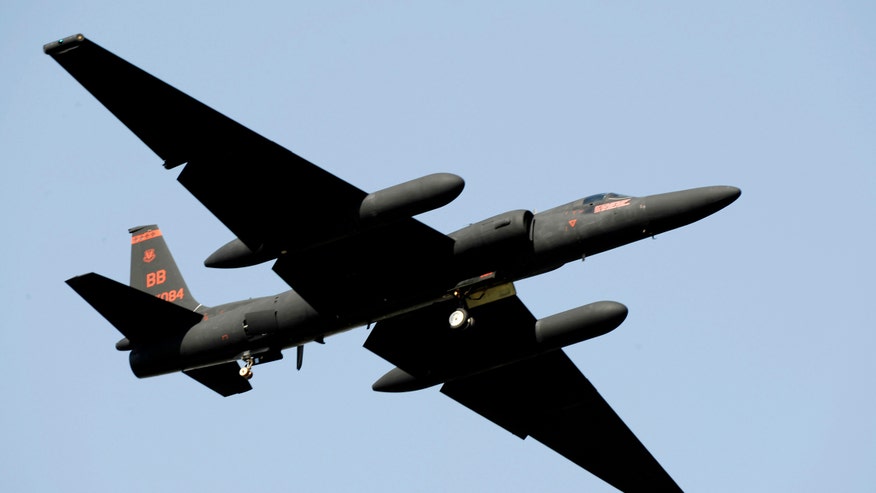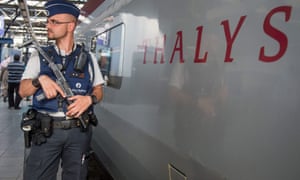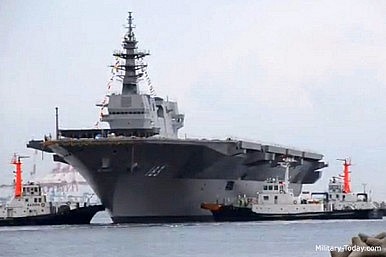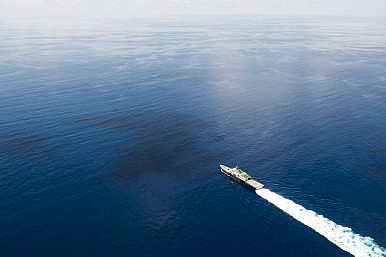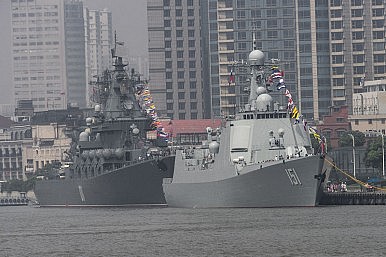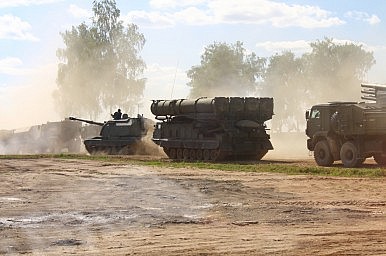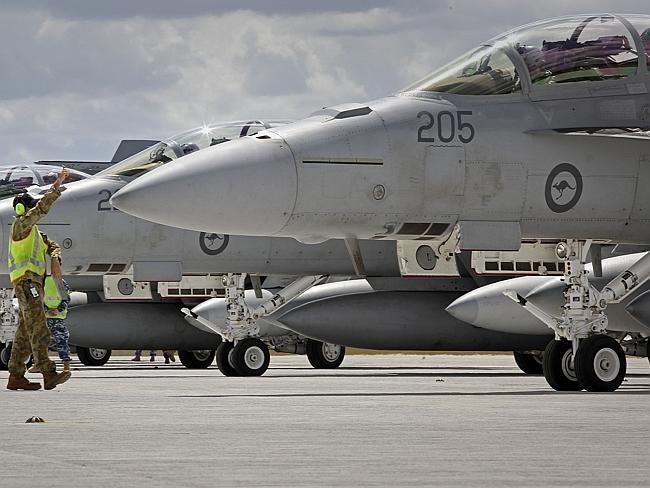
The global crisis over Ukraine is bringing much-needed attention to
what North Atlantic Treaty Organization (NATO) Secretary General Anders
Fogh Rasmussen
calls “Russian
propaganda and disinformation,” a campaign of deliberate lies and
distortions emanating from Moscow which attempts to control the
narrative over what is happening on the ground.
At the same time, the lack of an effective U.S. response has reminded
experts in the field of “information warfare” that U.S. government
efforts to counter “active measures” were mostly dismantled at the end
of the Cold War.
Thomas Boghardt, historian at the International Spy Museum,
notes that
Soviet “active measures” aimed to discredit the United States and
“conquer world public opinion.” He quotes retired KGB Major General Oleg
Kalugin as saying, “It’s a tradition, it’s not something new. That’s
important to see the past projected onto the present—and the future.”
During the 1980s, under President Reagan, there was a federal “Active
Measures Working Group” to counter Soviet propaganda. This group of
officials from various federal agencies was run out of the U.S.
Information Agency, later folded into the State Department.
A 1984
video on “Soviet Active Measures” was
produced by the U.S. Information Agency and is now available on
YouTube. It features a Soviet KGB defector, Stanislav Levchenko. With
Herbert Romerstein, a member of the Active Measures Working Group,
Levchenko wrote
The KGB Against the “Main Enemy”: How the Soviet Intelligence Service Operates Against the United States.
Russian President Vladimir Putin would have been deeply involved in
these activities. During the late 1980s he was a KGB colonel and spy in
East Germany. Later, he became head of the FSB, the KGB’s main
successor.
In what AIM called “
one of the most notorious examples of Communist disinformation appearing in the U.S. media,”
Dan Rather aired the Soviet claim that the AIDS virus was manufactured
in a Pentagon laboratory, without offering any rebuttal.
Today, the Russian government is so brazen that it pumps propaganda
directly into American living rooms through Russia Today (RT), the
Moscow-funded English-language channel carried by Comcast and other
cable systems.
On April 8, for example, RT host Thom Hartmann
gave airtime to
Putin apologist Stephen Cohen, identified as one of several
commentators “whose observations are often egregiously at odds with
verifiable facts” in “
A User’s Guide to Russian Propaganda,” compiled by several pro-Ukrainian activists.
Hartmann was once hailed by the publication POLITICO as a progressive hero, in a
story ignoring his service to Moscow as a paid Russian agent.
However, some conservatives are also following the Kremlin line, including radio talk-show host
Michael Savage and
Patrick J. Buchanan.
In a column entitled “
When Conservatives Go Wrong,”
analyst J.R. Nyquist says about Buchanan, who insists that Putin is a
committed Christian, “Like many famous names from earlier decades,
Buchanan has become a fellow traveler and a ‘useful idiot.’”
But there is hope, some of it due to the heavy-handed nature of
Russian propaganda over Ukraine and the willingness of people with
access to the facts to dispute it.
For example, The New York Times has effectively debunked Russian
propaganda claims about neo-Nazis running rampant in Ukraine and
influencing the new government. “
Among Ukraine’s Jews, the Bigger Worry Is Putin, Not Pogroms,”
was the headline over the Times article. Pogrom is a Russian word
designating an organized attack on Jews. The Times said, “Despite
assertions by Russia, many Ukrainian Jews say there has not been a
resurgence of anti-Semitism since the revolution in February.”
The paper noted evidence that it’s Putin, not the government of Ukraine, taking the side of anti-Semites and neo-Nazis. An
open letter to
Putin from representatives of more than 20 Ukrainian Jewish
organizations asserted that Russian neo-Nazis “are encouraged by your
security forces.”
Meanwhile, Russian propaganda is resulting in anti-Catholic bigotry in the now Russian-occupied part of Ukraine known as Crimea.
Bishop Bohdan Dzyurakh, secretary-general of the Ukrainian Catholic Synod of Bishops,
told Catholic
News Service about “the threats and accusations” against his community,
recalling “Soviet propaganda from when our church was suppressed in
1945-46, and we’ve no illusions as to what this portends.”
He went on: “Catholics who support Ukraine’s independence and
territorial integrity are being viewed as enemies. Priests’ families are
also being mistreated by people influenced by Russian propaganda, which
has succeeded in fueling aggression between citizens who previously
lived in peace.”
Catholic News Service added, “The Ukrainian Catholic Church, a
Byzantine rite, was outlawed under Soviet rule from 1946 to 1989, when
many clergy were imprisoned and most church properties seized by the
state or transferred to Russian Orthodox possession.”
In Crimea, according to the news agency, Bishop Dzyurakh said the
situation was “tense and dangerous” for Catholic clergy, after one
priest was arrested and threatened with prison, and other priests were
branded as “Vatican agents” and warned to leave.
The Russian Orthodox Church, long dominated and controlled by the
Soviet/Russian intelligence services, backs the Putin regime. Putin
claimed the takeover of Crimea was designed to protect the Russians
there from “rabid Ukrainian nationalists, neo-Nazis and anti-Semites” in
control of the government of Ukraine.
The report, “A User’s Guide to Russian Propaganda,” notes that “the
Russian propaganda machine is a mature and venerable institution that
engages in an art that, for better or for worse, the West simply does
not practice as often nor as effectively.” It concludes, “Propaganda is a
very powerful tool in times of war. Primary sources and data are
readily available to verify the facts to counter that propaganda. Too
many lives are at stake not to do so.”
http://www.aim.org/aim-column/how-putin-uses-kgb-style-active-measures/



